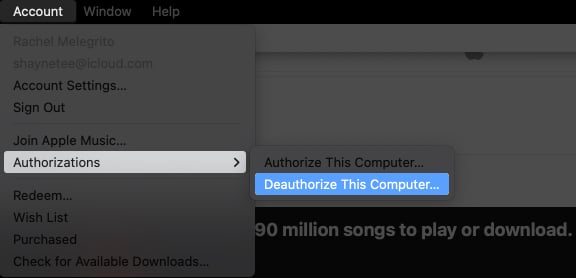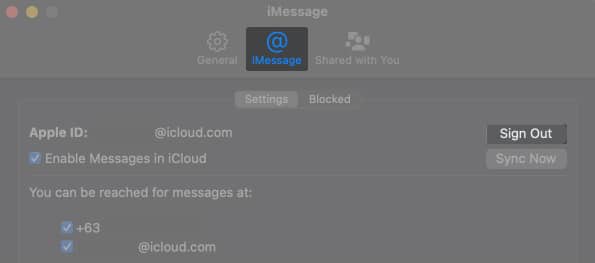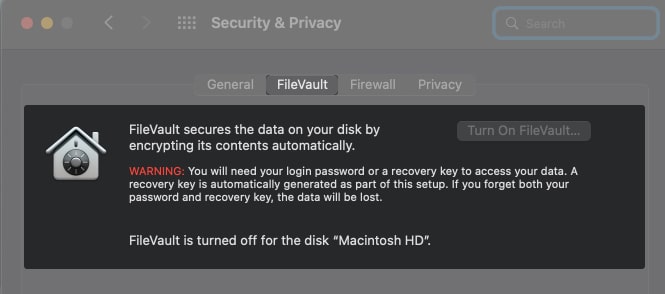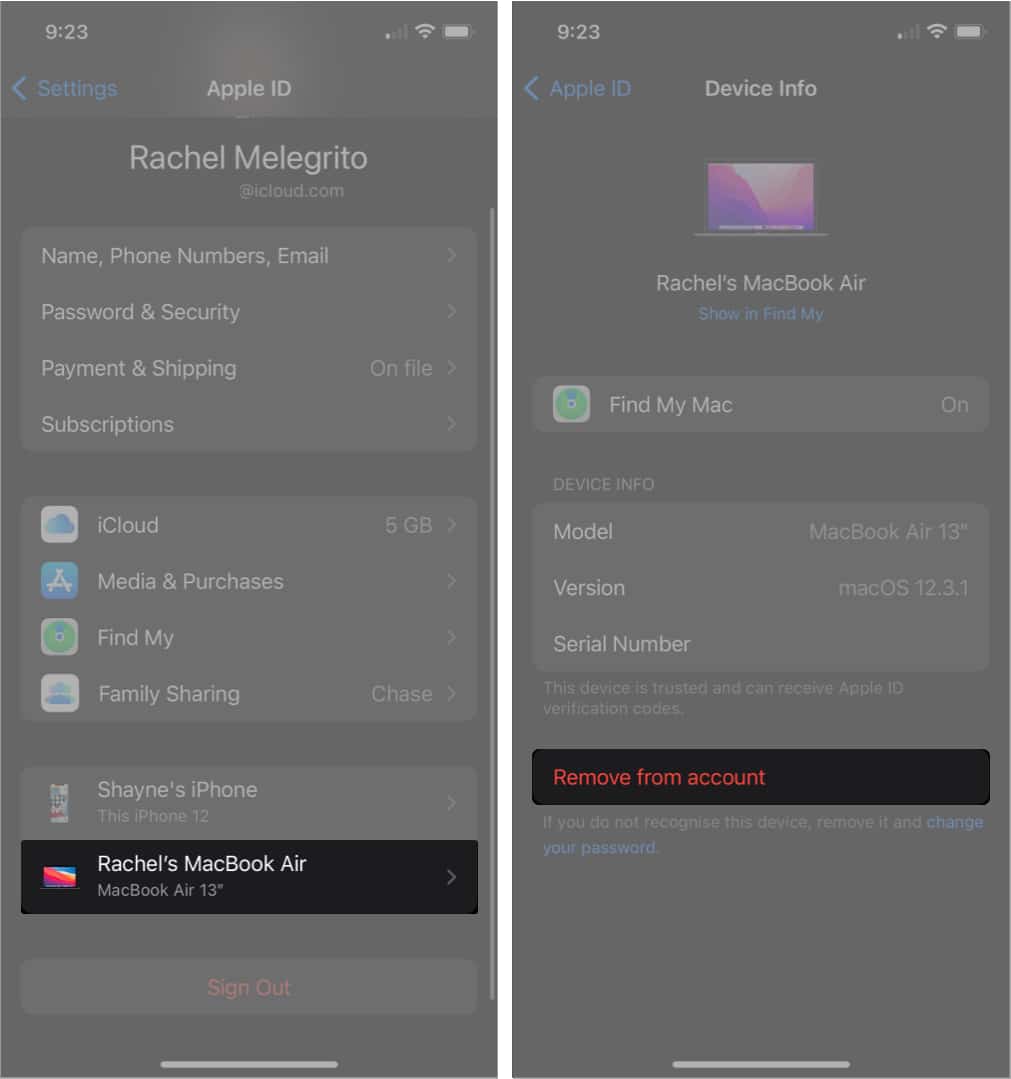So before we teach you how to reset your MacBook, here’s a list of 11 things to do to protect your data and ensure a nice transition for its new owner.
Quicker reset for Macs running macOS Monterey
If you own a Mac with Apple silicon or a T2 security chip, you don’t have to go through the laborious process outlined below before selling your MacBook. Monterey comes with an Erase All Content and Settings feature that allows you to securely and quickly erase all your data and retain the current OS so that you don’t need to reinstall it. We’ve already written how to reset an M1 or Intel Mac running on macOS Monterey. Basically, you just need to click the Apple logo → System Preferences → Erase All Content and Settings, then follow the onscreen prompts. Older models do not have a quick function like macOS Monterey. The good thing is that while there’s a lot to do, they’re pretty straightforward. Let’s jump to the list!
1. Backup your files
It is crucial to back up your data to avoid the risk of losing them while resetting your device. It also allows you to readily restore all your data with a few clicks once you have your new device. Here are different ways to back up your Mac:
Time Machine
Time Machine is a built-in backup feature that allows you to automatically back up all of the personal data on your Mac. However, you’d need an external storage device, like a USB, FireWire, or a Thunderbolt port.
Store files in your iCloud and iCloud Drive
iCloud is Apple’s own cloud storage and computing service that allows you to store and sync all your photos, files, music, notes, contacts, and more across all your Apple devices. This service works across the Apple ecosystem so that if you have an iPhone or an iPad, you can also back up your data from your iPhone or iPad on your iCloud. Note that each Apple ID only has 5GB of free iCloud space. You would need to upgrade your iCloud account for higher storage space.
External storage
While iCloud seems to be the best option for an Apple user, you can also use other cloud-based storage devices to store your data online. However, like iCloud, backups done through external cloud storage are pretty limited compared to Time Machine backups that allow you to store all your Mac’s data.
2. Migrate files to a new Mac
If you upgraded to a new Mac, you could use the Migration Assistant to migrate data from your old Mac to your new MacBook. This includes all your settings, apps, user accounts, and documents. The process varies depending on the OS the Macs are running. But generally, you’ll need to plug both devices into a power source and connect them to the same WIFI network or a cable.
3. Deauthorize your Mac from Apple Music, Apple TV, and Podcasts
An authorized device has access to all your Apple Music content. Apple allows you to authorize up to five devices under an Apple ID. Forgetting to deauthorize means you lose one slot from the five devices for your account. More importantly, you’d risk giving the new Mac owner access to your Apple Music content. To deauthorize your Mac: Similarly, you should also deauthorize your old Mac from your Apple TV account. Just open the app, and head to Account → Authorizations → Deauthorize This Computer. For Podcasts, just open the app, click Account, then select Sign Out.
4. Sign out of iCloud and Apple ID
As mentioned earlier, iCloud works to sync everything across your Apple devices. So if you’re using it, it is crucial to log out of your account. This ensures that your old Mac will no longer be able to access all your files. Signing out of iCloud automatically signs you out of the App Store, iMessage, and FaceTime. On Macs running macOS Catalina or later: On Mac running macOS Mojave or earlier: You’ll be asked if you want to keep a copy of your Calendars, Keychain, and Contacts before signing out. Unselect them because you don’t want to leave any data from your old Mac that you intend to give away or sell. Don’t worry because all of your iCloud data will remain in iCloud and your other Apple devices signed in on iCloud with your Apple ID.
5. Sign out of all your accounts and apps
Aside from the Apple services, be sure to log out of all the other apps that you own before you even uninstall them. This is especially true for software licensed to you. Not doing this can lead to complications if the new Mac owner ever decides to download and install the same apps or software. Make sure to sign out all your other internet accounts, especially if your emails and calendars are synced to your Mac. Go to System Preferences → Internet Accounts, select an account in the sidebar, then click the Remove (–) icon at the bottom to remove the account.
6. Unpair all your accessories
If you’re using Bluetooth devices with your Mac, it’s ideal to unpair all of them, especially if the one you’re selling your old Mac to is a peer or family member you often spend time with. You don’t want your devices to connect to your old device accidentally. Go to System Preferences → Bluetooth. You should see a list of paired devices. Hover over each of them and click the remove (x) button to unpair it. A prompt will appear; select Remove.
7. Sign out of iMessage and FaceTime
Suppose you use your Mac to send and receive texts and calls through iMessage or call peers and family through FaceTime. In that case, you should sign out of both services to prevent the new owner from accidentally gaining access to your private conversations. To turn off iMessage on Mac: To turn off FaceTime:
8. Disable File Vault
File Vault is a feature that encrypts all the information on your Mac. This prevents hackers from stealing or hacking your data or gaining access to your device. If you previously encrypted your file contents, you need to turn this off to decrypt your disk. If you don’t do this, your old Mac will ask for your password, leaving the new owner unable to set up their new Mac. To do this:
9. Erase your Mac and reinstall macOS
Now that you’ve wiped your old Mac clean of any remaining personal and sensitive data, it’s time to erase your hard drive. The exact steps to reset a Mac depend on the model and the OS it is running on. For a more comprehensive dive, read our article on how to reset a MacBook or any Mac.
10. Reset NVRAM/PRAM
The NVRAM, short for non-volatile random-access memory, stores OS-related settings, startup disk selection, and other configurations. Apple suggests resetting your NVRAM before selling your MacBook. Note: This step only applies to Intel Macs. Resetting NVRAM can restore security features that may have been changed or if the Mac is running weirdly. Resetting this also clears user settings, ensuring that your Mac is ready for its new owner.
11. Remove Mac as a Trusted Device
If you have set your Mac as a Trusted Device for your other devices, check your other devices and remove your old Mac from your list. This prevents your devices from accidentally sending verification code requests to your old Mac. On your iPhone or iPad: Wrapping up Whether you plan to sell, give away, or trade-in your Mac to upgrade to a newer model, it is crucial to protect your personal data. This also makes your old Mac ready for its new user and ensures that they won’t encounter problems while setting it up. Related Reads:
How to Restore your Mac from a BackupUseful macOS Terminal Commands That Every Mac User Should TryMac Recovery Mode not working issue? 14 Tips to fix itScreenshot not working on Mac? 8 Quick fixes






